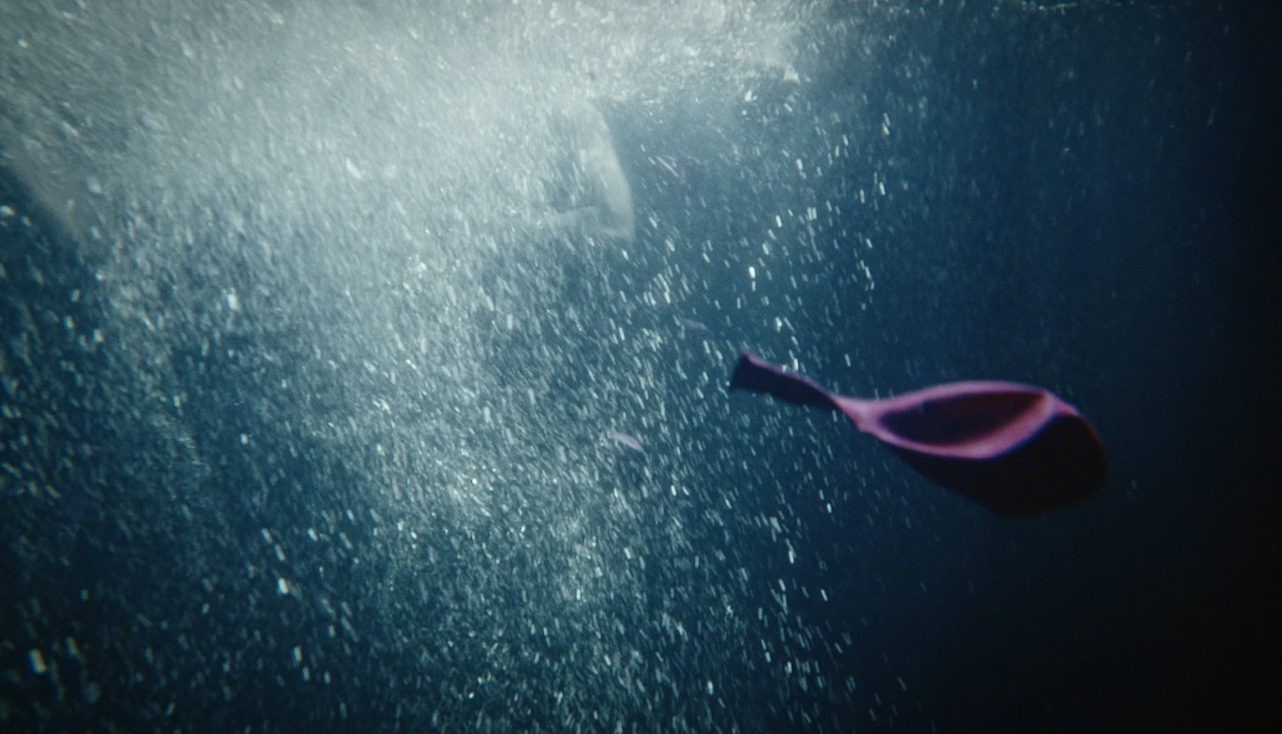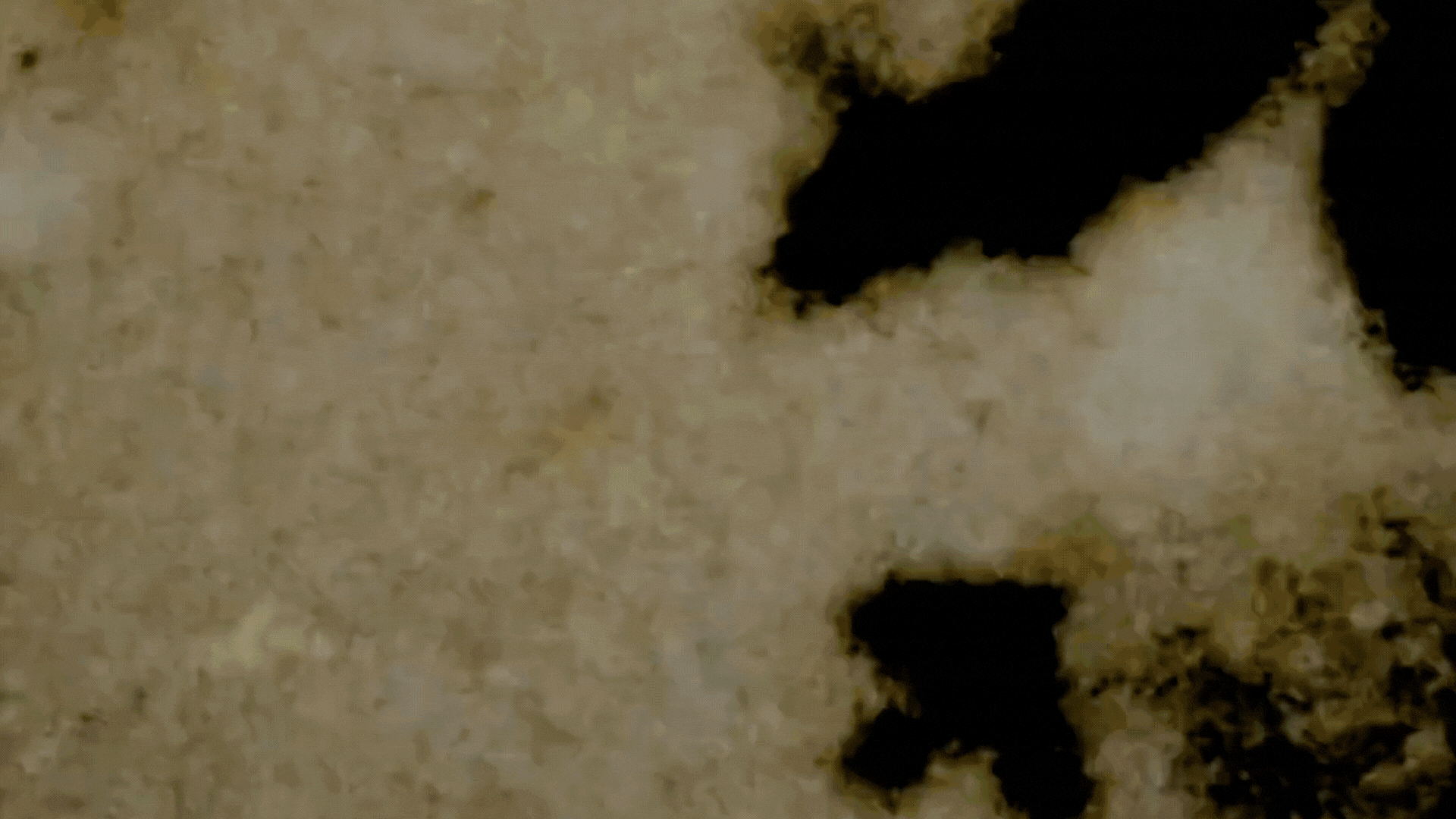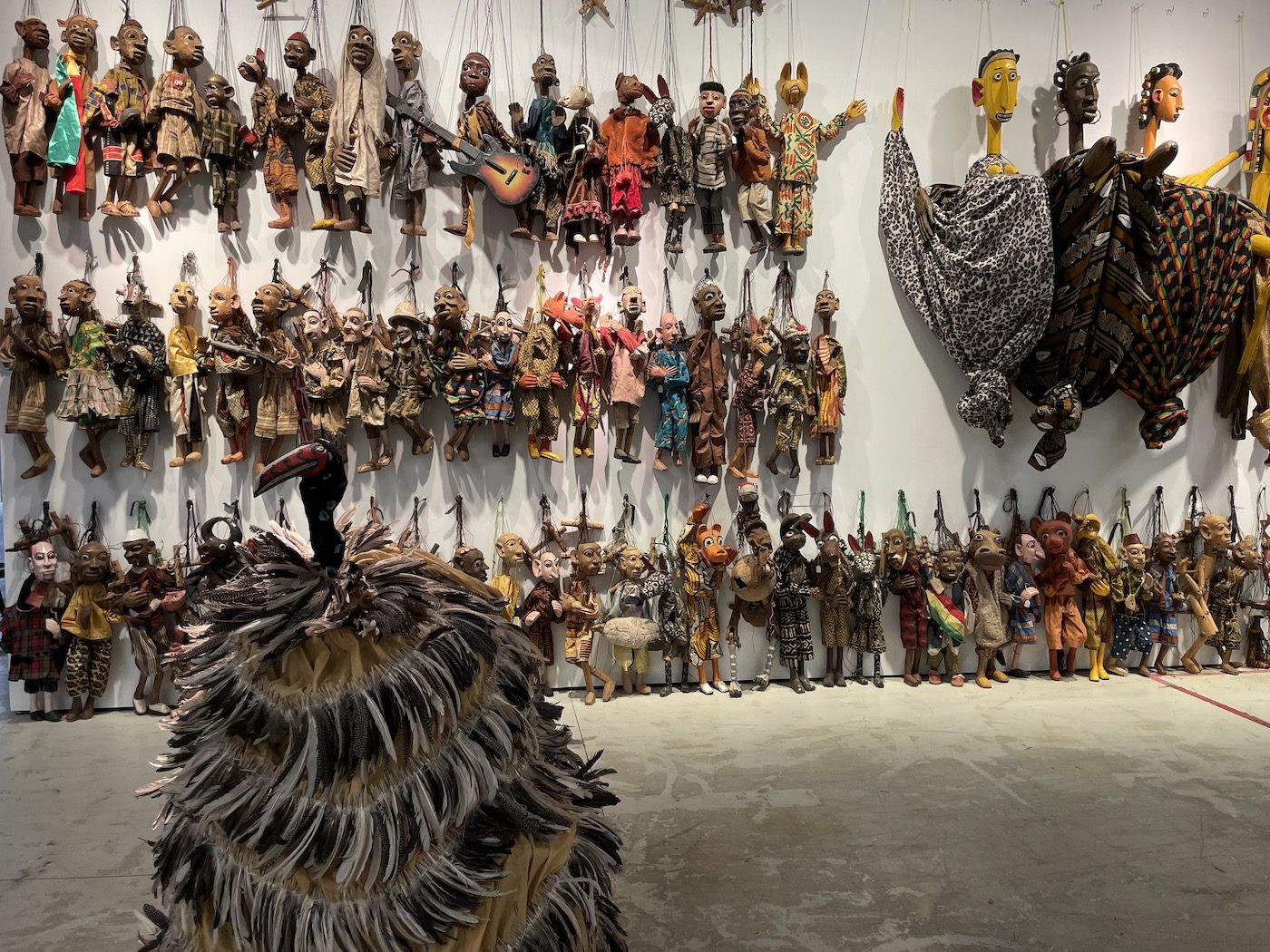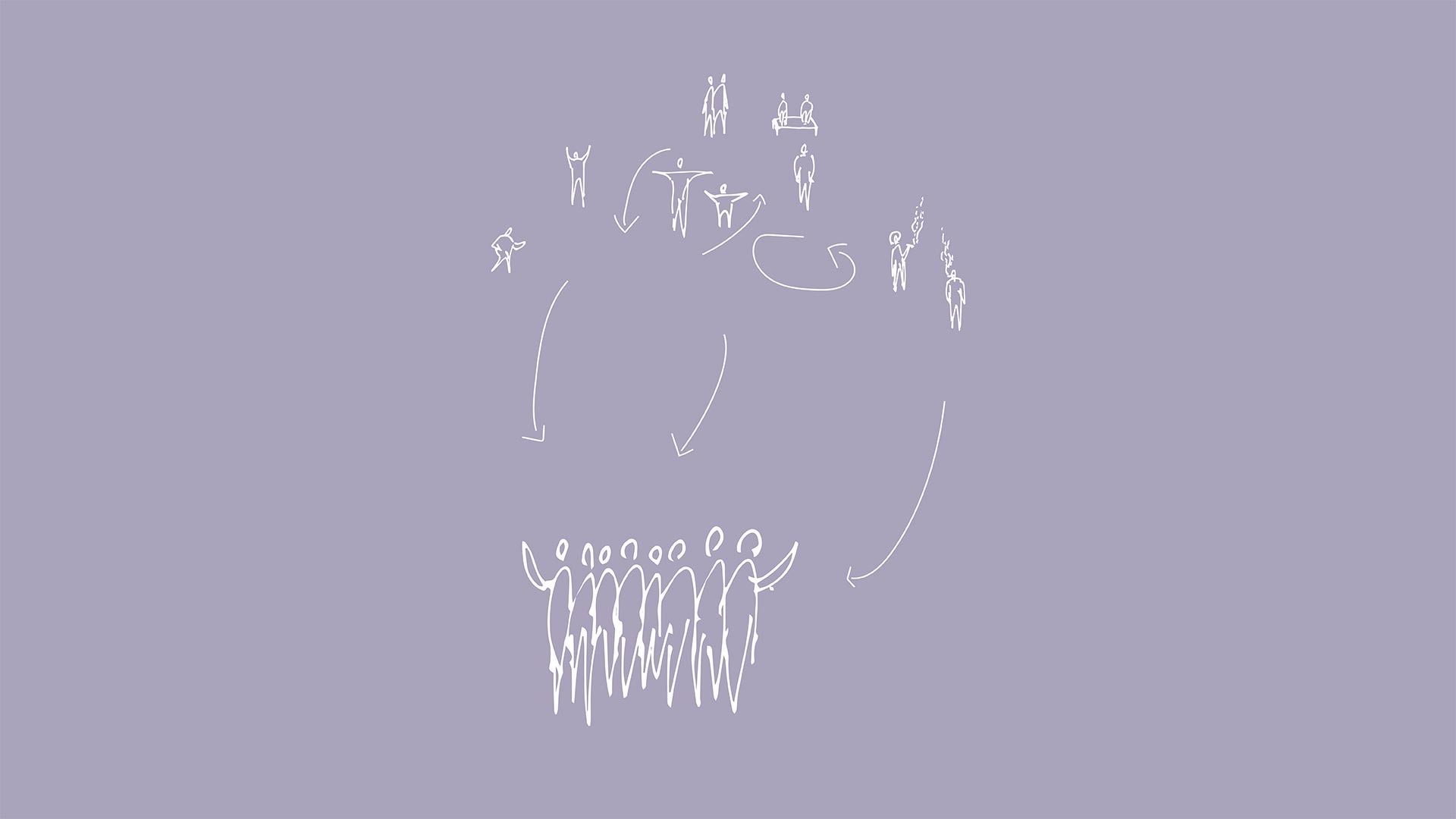Christopher Wessels: Catalyzing Poetry in Times of Change

06 May 2019
Magazine C& Magazine
Words Esther Poppe
8 min read
When Bonaventure Soh Bejeng Ndikung initiated the Miracle Workers Collective, artists and cultural workers based in Finland came together to explore the potential of disciplinary disobedience. The collective is an opportunity to manifest ideas that emerged a long time ago. Curator Christopher Wessels, one of its members, is interested in how to distill the practice of art and amplify it into the organization of the everyday, into society and collective work. Here he talks to C&’s Esther Poppe about the augmentation of the poetical in the Miracle Workers Collective, anational units, and political resistance.
Contemporary And: Could you speak a little about the nature of the miracle?
David Hume says that the miracle is a violation of the laws of nature. Spinoza said a miracle is against reason. So how to start reworking the laws of nature and rethinking reason while being?
Christopher Wessels: For me the miracle is about people coming together and working together. It’s as simple as that. At the same time it’s also about the ideological subordination of the miraculous and the demystification of the miracle. The Finnish welfare state, for example, is seen as a miracle – it’s not a miracle. It’s the result of collective bargaining, battles, and compromise. So the title of the exhibition, The greater miracle of perception, is opening a space to imagine seeing a miracle happen or understanding that it’s possible to create a miracle. It was Slavoj Žižek or Fredric Jameson who said that it’s easier for people to imagine the end of the world than the end of capitalism. The miracle is about helping people to understand that there has to be a different way than this capitalist realist logic, and we have to harness the miraculous to go there.
C&: The poetic seems a vehicle in which to transport the conceptual practice of the Miracle Workers Collective.
CW: The poetics of augmentation, Poetry in times of change. Within our work as a collective there is a strong manifestation of the poetic. Poetry as a form. A film which will be central to our exhibition embraces the poetic in terms of object production as cultural production. Listening to a poem and reading a text are different ways of wiring yourself into listening and reading. When you harness the poetic it’s about wiring people into listening and reading more openly, in a sense avoiding the singularity of meaning in reading or the reading of a meaning. There’s always so much more in that one line, and a lot of complexity in simplicity.
C&: How are you planning to change the cinematic logic of the operation?
CW: In the context of instrumentalizing the cinematic what becomes the artwork is the community and the ecosystem that develops around the process. I’ve been thinking a lot around the post-representational, [1] which doesn’t mean you get rid of representation, it just boils down to processualilty and thinking beyond the object. There’s a collective of filmmakers from South Africa called Kino Kadre who conceptually engage with this in their practice. I worked with them, and they introduced me to the Zapatistas’ methodologies of doing and being and the working practices of Jonas Mekas and Dziga Vertov’s ”Council of Three.” It’s about rethinking the production of cinema beyond the object, beyond the actual film. The central piece of our collective practices is the making of a film. When I speak about instrumentalizing the cinematic I mean the cinematic as the kind of vehicle to explore the collective practice. Cinema at the time of Dziga Vertov was a convergence of all the arts – literature, theater, etc. – but what made cinema unique was cinematography and editing. Everything else came from other disciplines.
<figcaption> The Miracle Workers Collective, The Killing of Čáhcerávga, 2019. HD Video Still. Produced by Frame Contemporary Art Finland for the 58th International Art Exhibition – La Biennale di Venezia. Image courtesy of the artists. The Pavilion of Finland at the Venice Biennale 2019 is commissioned by Frame Contemporary Art Finland, 11 May - 24 November 2019, frame-finland.fi
C&: Is this where disciplinary disobedience comes into play?
CW: Disciplinary disobedience is a big thing for us. How does one break out of what Lewis Gordon calls the “age of disciplinary decadence” [2]? Contemporary art creates a space where you can just tap into everything and channel it. So tapping into the legacies of ethnography, into the archive, into musicology, and critically looking at these actions. Within the context of cinema production to talk about disciplinary decadence is to go out of our little disciplinary enclaves and areas of expertise to make magic.
C&: Where do you situate political resistance?
CW: An inspirational moment of mobilization and activism was the “Rhodes Must Fall” protest that started at in 2015 at University of Cape Town. That was the decolonial turn within the South African context taking root with these young students who were suddenly setting the agenda in the country. Opening up a global discourse that was way ahead of its time in terms of understanding intersectionality and the complexities that govern power within organizations.
For me it’s interesting, when talking about social movement and activism, to look at the large amount of learning and knowledge production that happens in a very short space of time. After the Bolshevik Revolution there were progressive discourses on Utopian thinking in the rest of the world. Human rights discourses, for example, do not come from Europe or the West – they normally come from the South. In the decolonization of Africa, South America, and Asia, people were thinking of different ways of being, but we’ve forgotten that that existed.
Today, art provides a possibility to create spaces to work beyond monetized exploitative relationality. This makes art a radical space to engage in. It frees you for a moment to create this kind of laboratory where you can come together and think and do things and, hopefully these ideas will filter in a very real way into an activist discourse, into the organization of the everyday. It’s about how one rethinks. In Sylvia Wynter’s words, “the maps of spring always have to be redrawn again in undared forms.” [3] In terms representing a national pavilion that’s allowing us to do a radical project, I wonder if we haven’t sufficiently realized that the project of celebrating the nation-state in this day and age is a failure. So there are all these contradictions.
C&: How will the spectrum of multiplicity which drives the collective become visible in the presented works and in the architectural structure of the Alvar Aalto-designed pavilion?
CW: The Finnish Pavilion is one version of the process that allows for an idea to catalyze and bring people together, now that it’s still shifting and finding its shape. How the collective practice will manifest in Karasjok and Helsinki, [4] we haven't decided. But conceptually it is about taking the Finnish Pavilion into Sámi territory which does not recognize national boundaries. The Sámi territories run between Norway, Finland, Russia, and Sweden. Karasjok is set within the national boundaries of Norway but for us, it’s Sámi land. Bonaventure talks about trespassing and about the cell, consisting of the movable membrane and the organelles. It will be interesting to see how we will proceed to work like a Miracle Workers Collective after the limitations and unnecessary pressure of this specific way of doing things. Who leaves, who joins, do we become bigger? How do we become a true anational unit after Venice?
Christopher Wessels (b. 1976) is a founding member of The Museum of Impossible Forms and Third Space (2014-2016), both of which are located in Helsinki. His artistic and curatorial practices look at the un-silencing of counter-hegemonic narratives and the building of counter-hegemonic institutions with anti-racist, anti-sexist, and class consciousness at their foundations. In the autumn he starts teaching at the University of Witwatersrand School of Arts in Johannesburg South Africa.
Interview by Esther Poppe.
[1] A term used by Nora Sternfeld, professor of artistic practice, Curating and Mediating Art, Aalto University, Helsinki, Finland.
“After this brief historical overview we now propose the 'post-representational' as a concept of intervention into classical curatorial tasks. This implies a revision of the role of history and research, of organizing, creating a public and education.” Nora Sternfeldt, “What comes after the show? On post-representational curating,” OnCurating.org, 2016.
[2] Lewis R. Gordon, “Disciplinary Decadence and the Decolonisation of Knowledge”; Africa Development, Volume XXXIX, No. 1, 2014, pp. 81-92 Council for the Development of Social Science Research in Africa (CODESRIA), 2014.
[3] See footnote 1.
[4] “Running additionally to the Venice exhibition, the performative, discursive, filmic and sonic arm of the MWC is manifested through a series of public events taking place in Berlin, Venice, Karasjok and Helsinki during 2019.” https://frame-finland.fi/en/venice-biennale/venice-biennale-2019/artists-miracle-workers-collective/ [last downloaded 2019-04-22].
Read more from

On Ghosts and The Moving Image: Edward George’s Black Atlas

Confronting the Absence of Latin America in Conversations on African Diasporic Art

On Exile, Amulets and Circadian Rhythms: Practising Data Healing across Timezones
Read more from

Irmandade Vilanismo: Bringing Poetry of the Periphery into the Bienal

documenta fifteen
